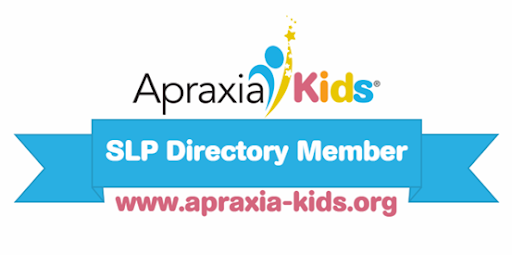
Healthy Voice for Fall and Winter
Cold and Flu season is right around the corner, leading to acute cases of laryngitis; temporary changes to your vocal tract. Viruses are one of the leading causes of acute laryngitis in both children and adults. When you get laryngitis, your vocal cords become swollen and irritated often leading to a weakness in vocal production (hoarseness) or even loss of voice (aphonia). Treating the specific cause is most important. However, children who overuse or misuse their voice, can be more susceptible to losing their voice with upper respiratory infections. This season, you and your family may consider a number of helpful ways to protect, maintain, and improve your child’s vocal health. Consider turning down or off the volume











